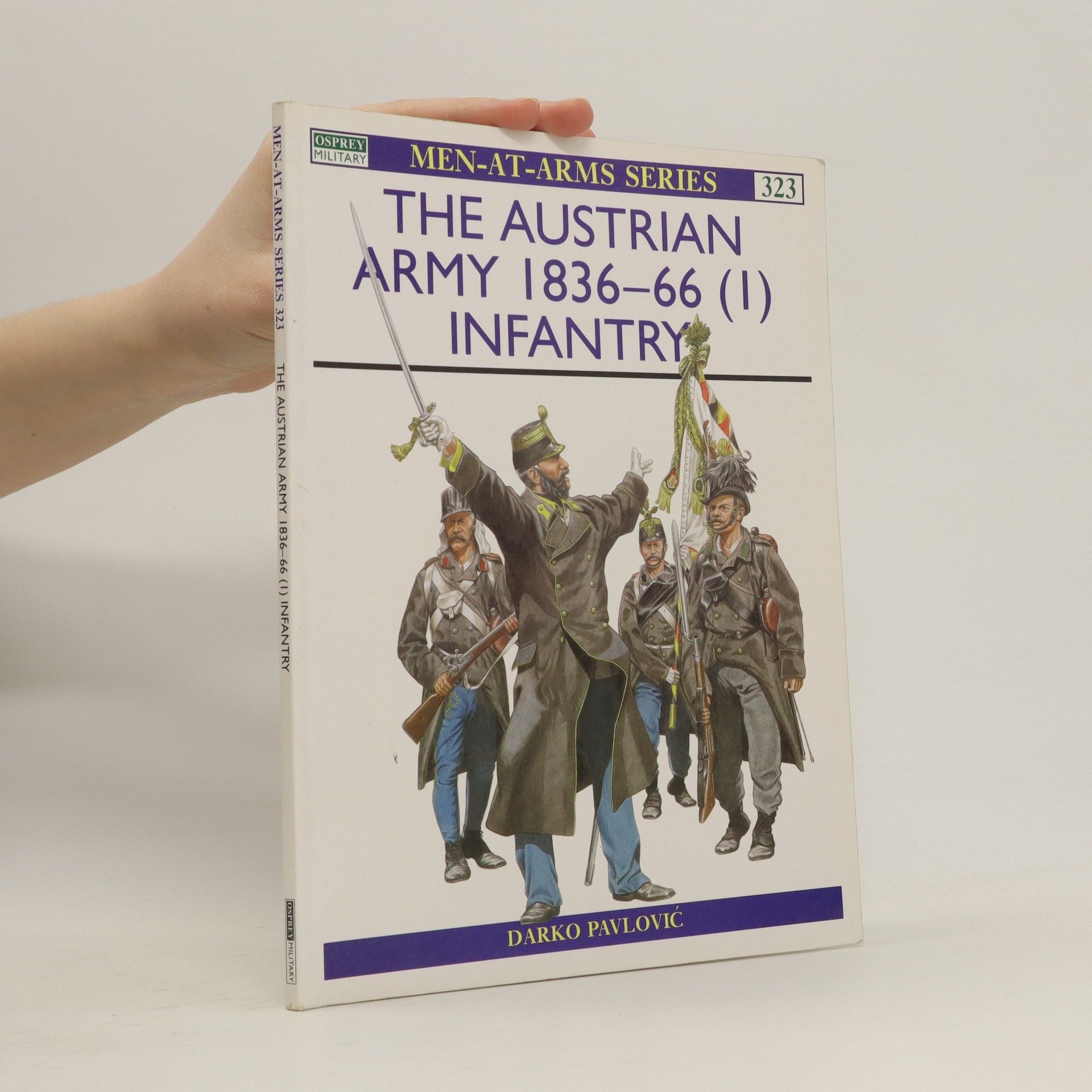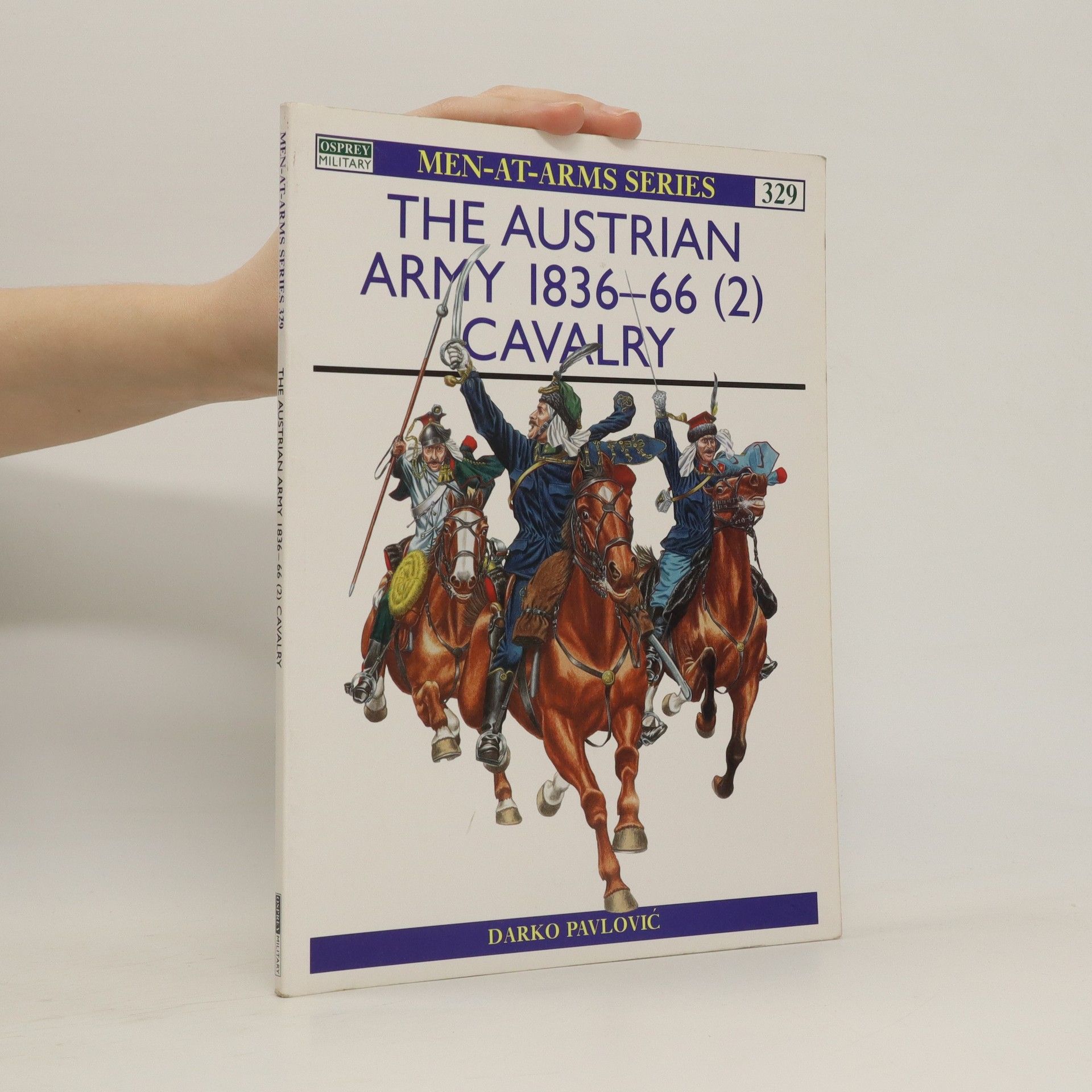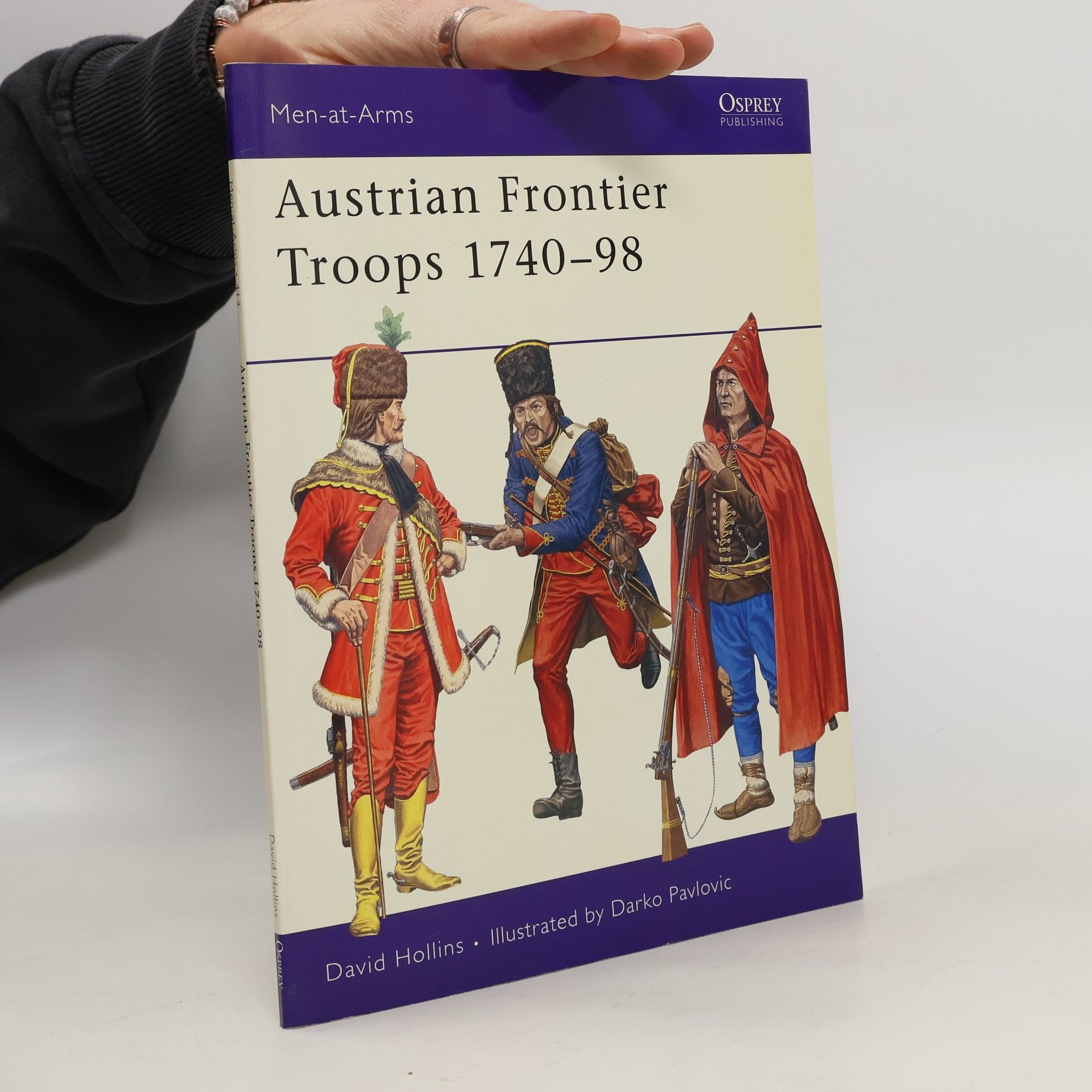Válka v Jugoslávii : Slovinsko a Chorvatsko 1991-95
- 64 pages
- 3 hours of reading
Tato publikace je součástí dvoudílného rozboru válečného konfliktu, jenž se rozhořel v bývalé Jugoslávii bezprostředně po vyhlášení nezávislosti Slovinska v roce 1991 a poté se rozšířil i na území Chorvatska. Detailní, zasvěcené a neobyčejně přesvědčivě podané informace svědčí o tom, že autoři knížky problematiku suverénně ovládají. Zaměřují se nejen na postup a organizaci slovinské, chorvatské armády a armády Srbské Krajiny, ale objasňují také historii vzniku jugoslávského státu po první světové válce a příčiny, které vedly k jeho rozpadu. Ani zde nechybí mapy, unikátní fotografie, přehledy bitevních pořádků armád a obrázové ztvárnění výstroje a výzbroje.






